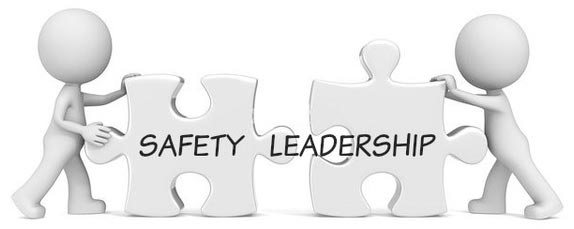The Role played by impactful leadership in health and safety
Leadership is key to success in health and safety and can determine how safe a workplace is. When health and safety leaders put effective strategies in place, they have the power to influence those around them and make a positive impact on attitudes, behaviours, and the overall performance of an organisation when it comes to health and safety.
Top tips for effective health and safety leadership
Health and safety leadership has the power to drastically shape a business and to challenge current practices within health and safety.
From a baseline perspective, you need to start by looking at the current health and safety practices within your organisation and then ask yourself how these practices can be improved on.
To build on that, you should then be able to challenge your workers and present questions to them such as “What are the current problems?” and “What can be done to solve current challenges?”
We’ve outlined some ways that health and safety leaders can start to make a difference from the get-go.
1. Build a great team and steer that team in the right direction
A key part of leadership is to develop a good relationship with your workforce, one which involves mutual trust and respect. This will build good foundations and will allow more openness and communication throughout the whole team.
From a health and safety perspective there are a few things you should do from the beginning:
Make sure everyone has the skills, abilities and resources they need to do their jobs safely
Plan enough time for work to be done in a healthy and safe way
Share your expertise to help workers overcome barriers
Reward workers who successfully work safely
Consult your workforce to identify and set clear health and safety goals
Motivate them to create a ‘shared vision’ through those goals.
Involve them in planning and decision making
Make sure everyone knows what they need to do
2. Be a good role model
Being a leader means that workers will look up to you, follow your lead, and come to you with any questions or issues.
You should be leading by example when performing tasks on site, and just when on site as a whole, to ensure your workers follow this example and act in a safe manner.
It’s crucial as a leader to be honest with yourself here, and to question yourself. Do you set a good example to your workers? If you do, great. If you don’t, what could you do to change this and to set a better example?
Ultimately your job is to promote safe working behaviour and practices, and so you must have a drive to do this within your role.
3. Get to know your team
Getting to know your team will help to build relationships, which builds on our earlier point of creating a strong team. You should make a conscious effort to get to know your workers and to show them that as much as you care about compliance and laws, you also care about their safety and wellbeing too.
If you treat each worker like a valued individual, they will respect you more, listen more carefully to the things that you are saying and the advice you are giving, and are more likely to come to you when things go wrong, which in turn can help to keep them safe.
Getting to know your team will also help you to become a better leader in general as you will be able to identify their strengths and weaknesses as well as opportunities and threats and be able to put strategies in place to overcome them.
It’s also key to have open communication with your workers, allowing them to offer feedback, express their own opinions, and offer solutions to problems the team encounters. Your team will also appreciate receiving updates from you on projects and performance, making them feel more involved.



